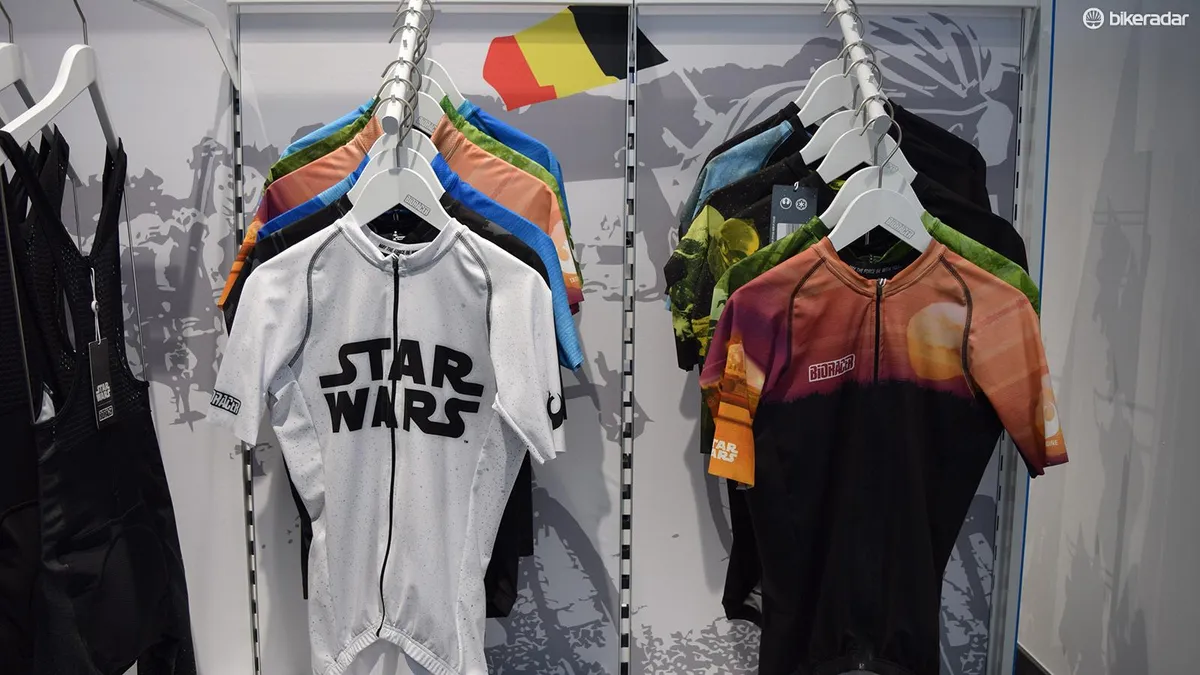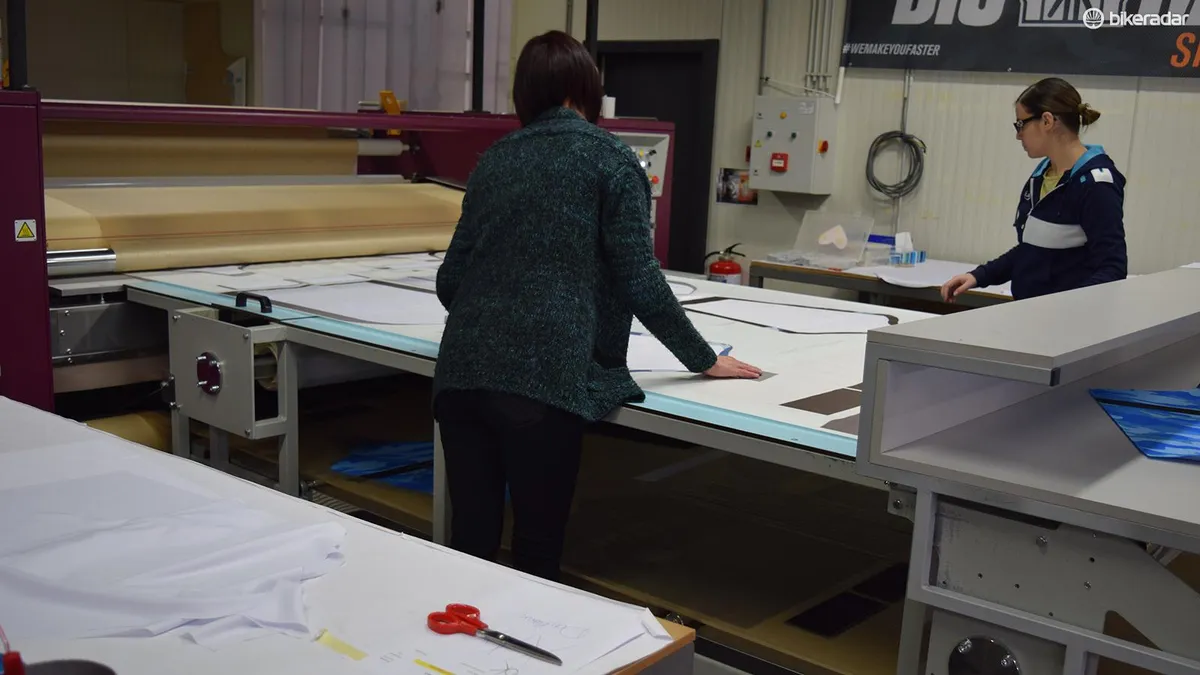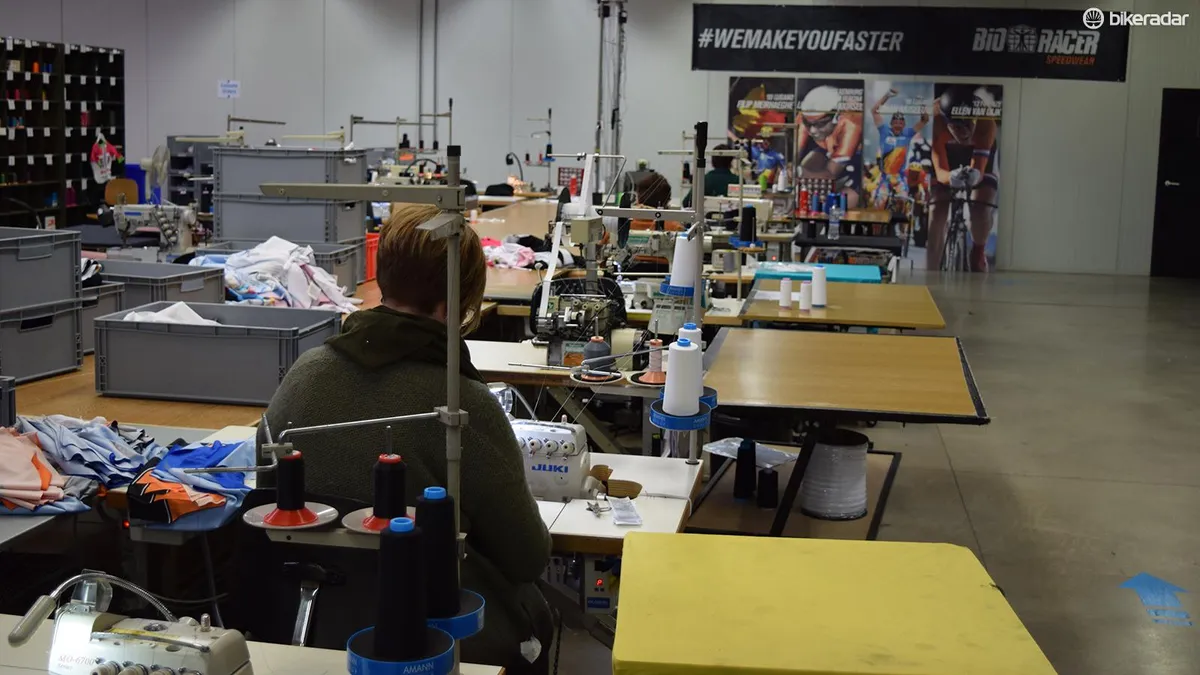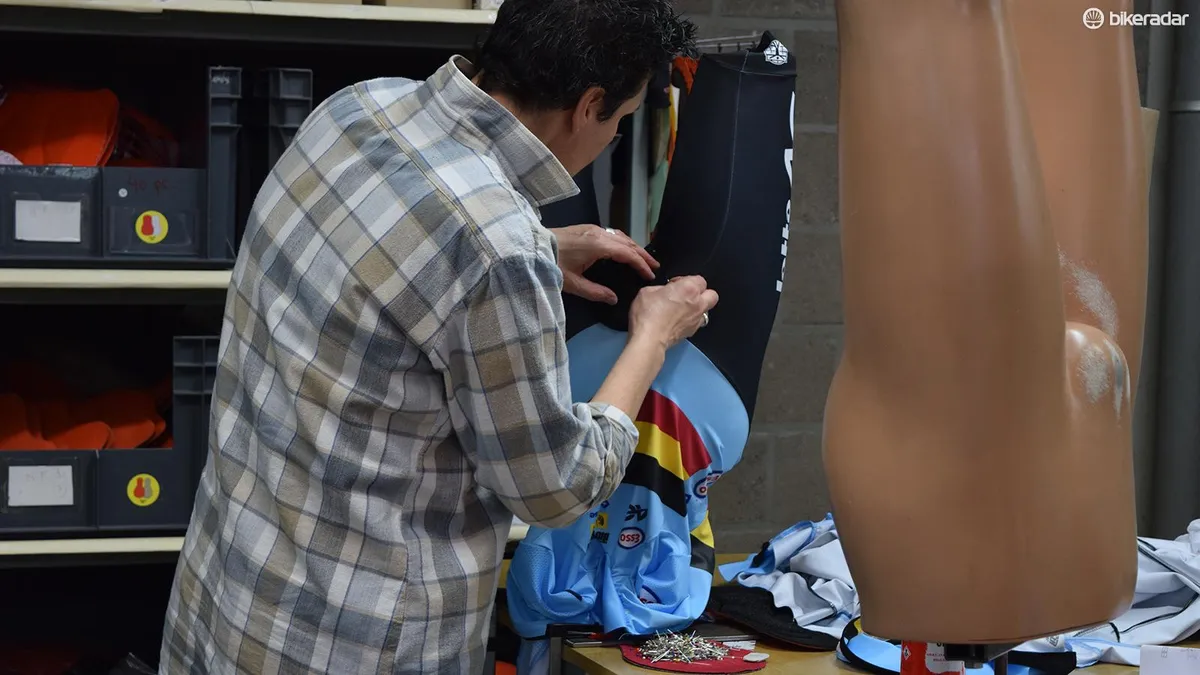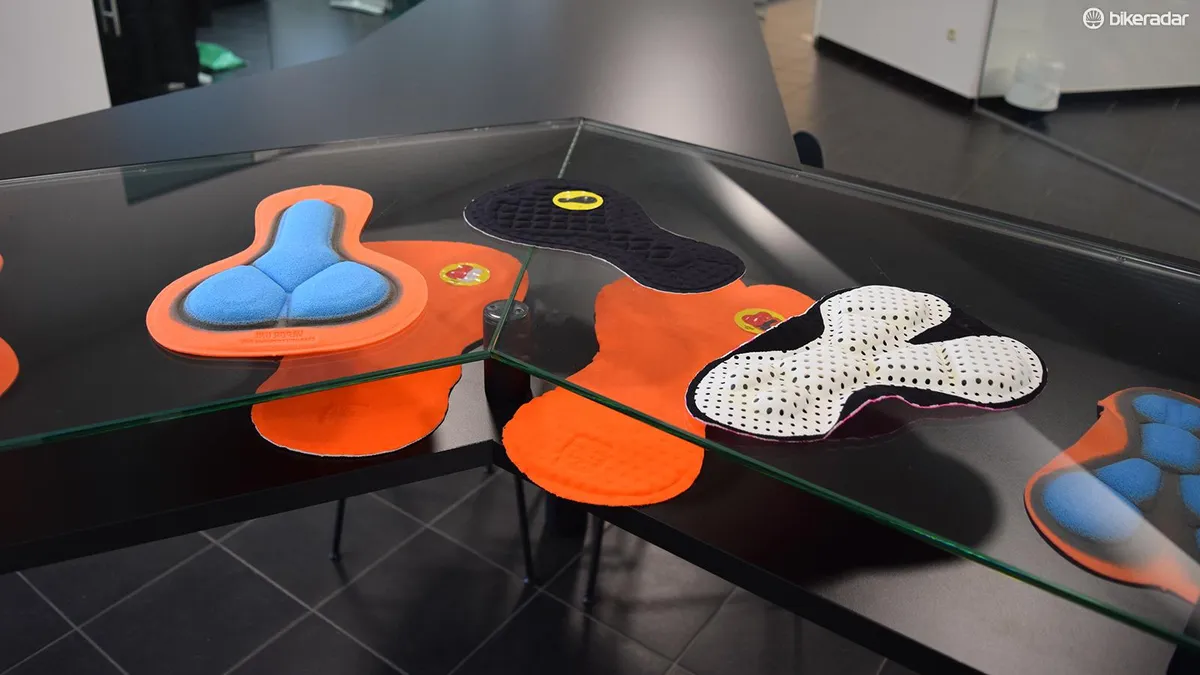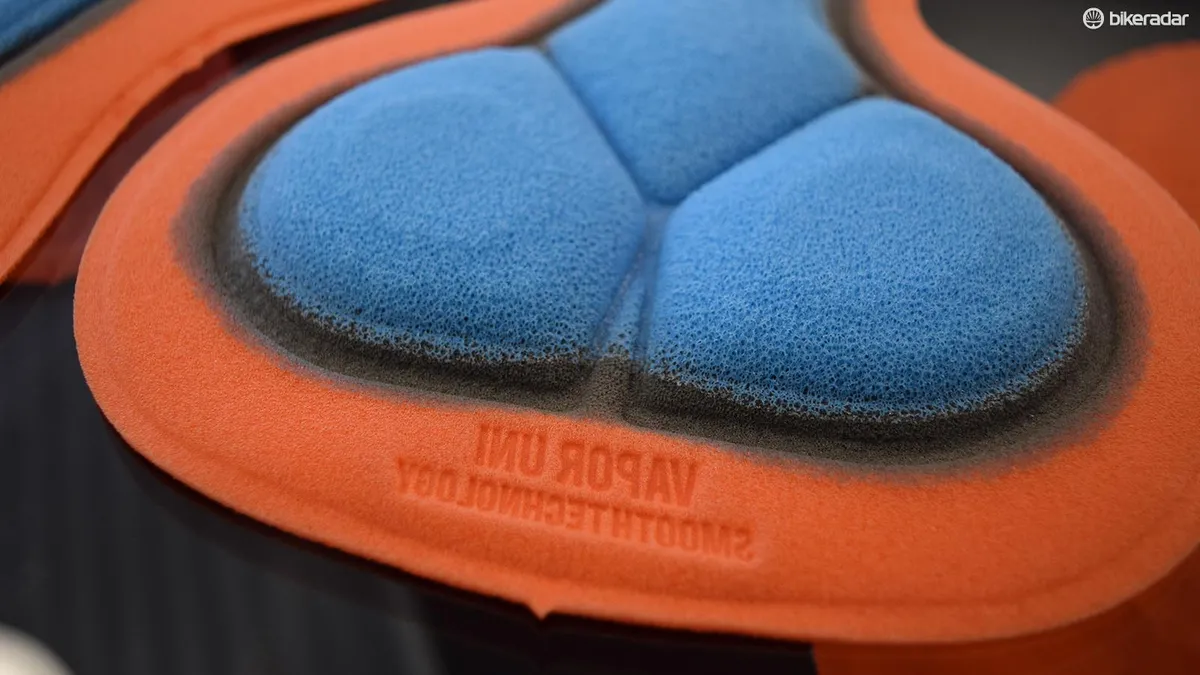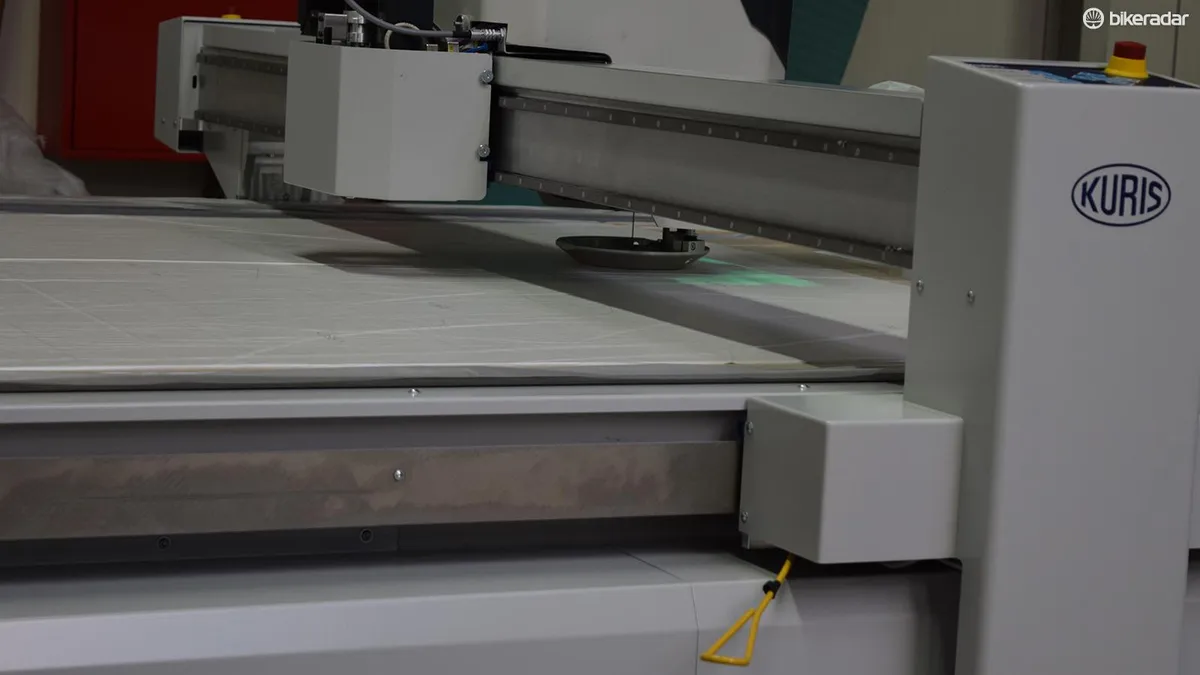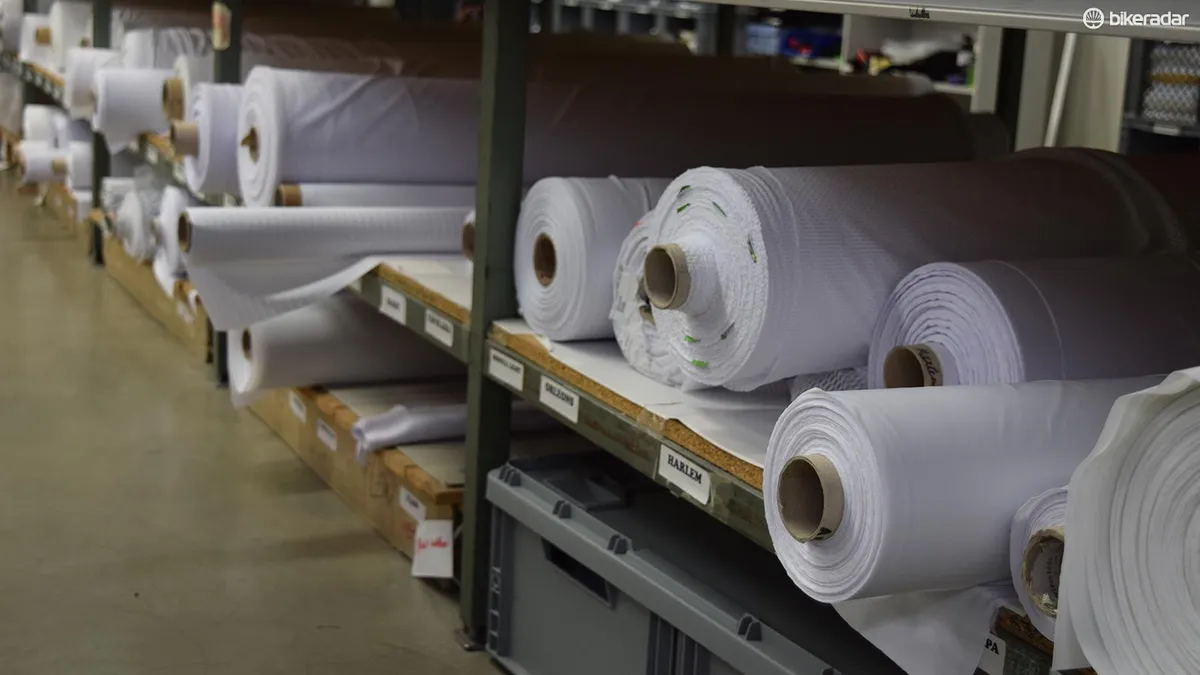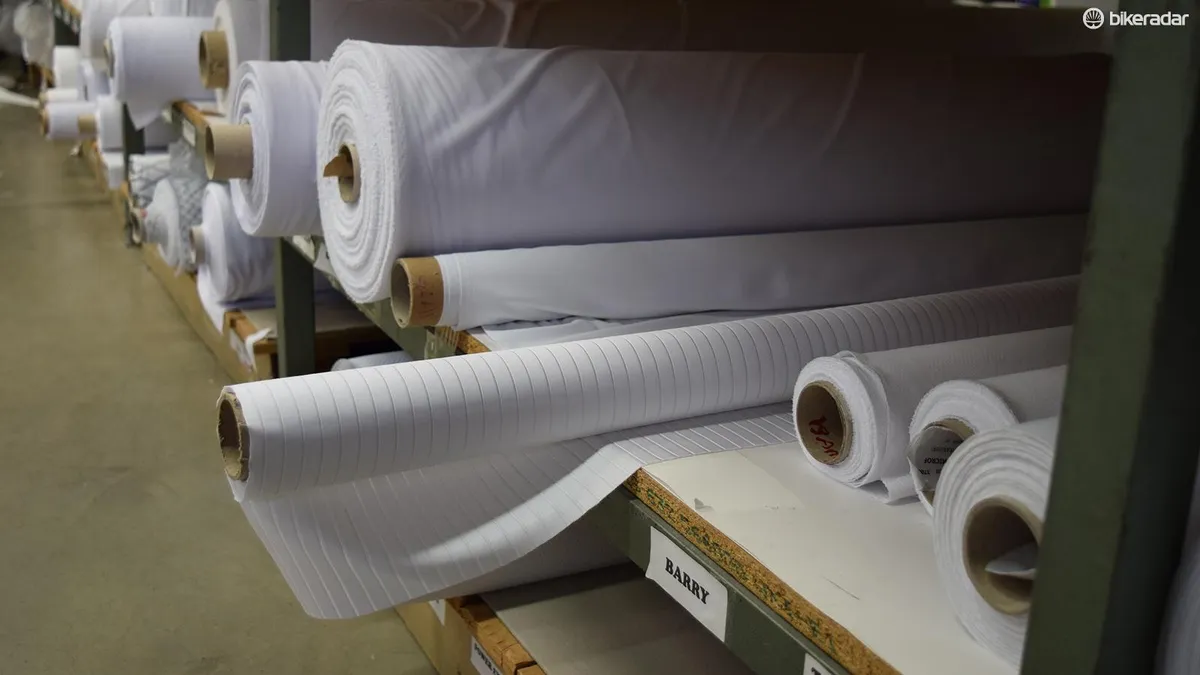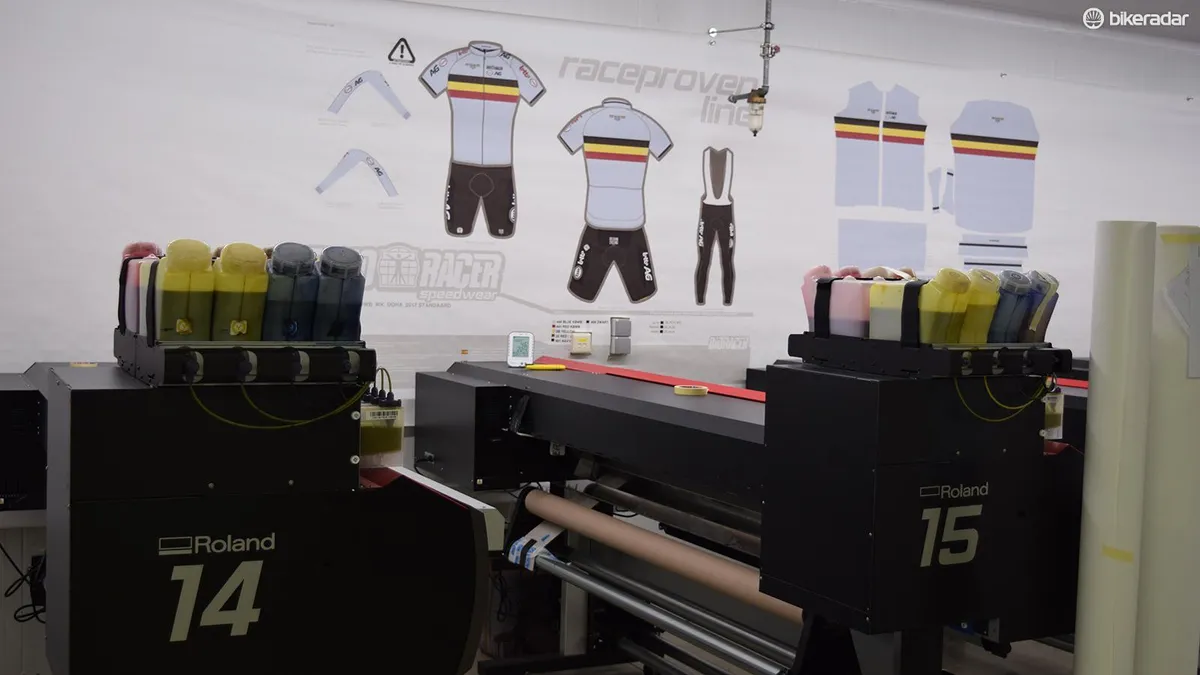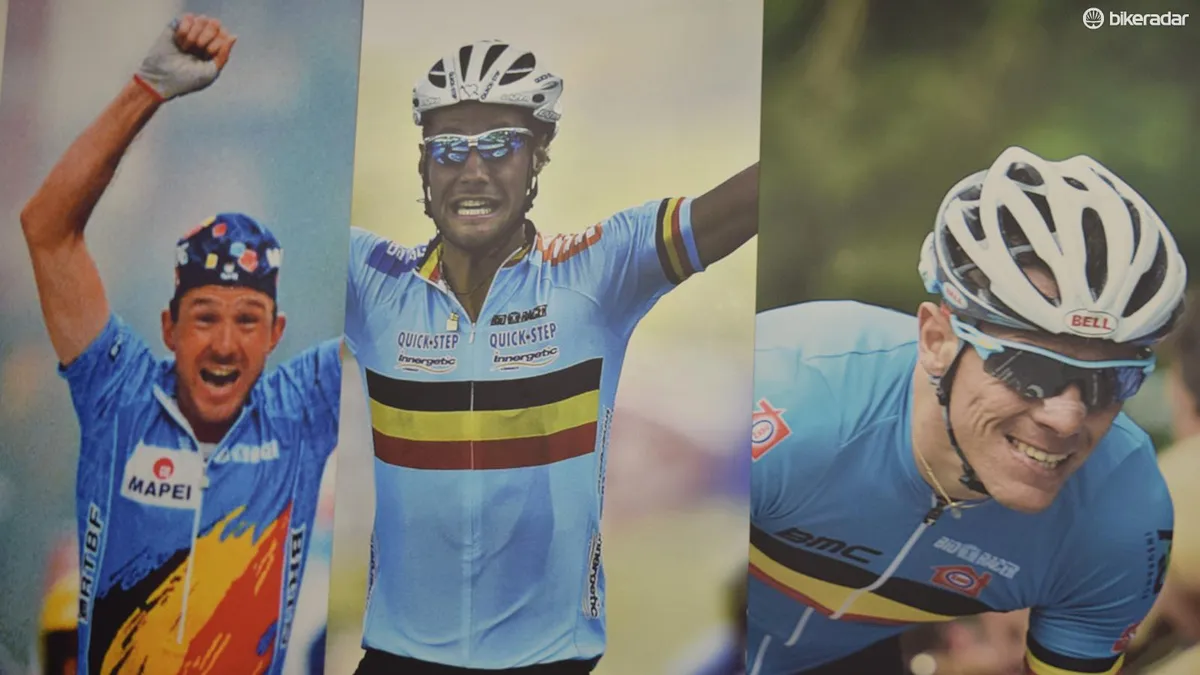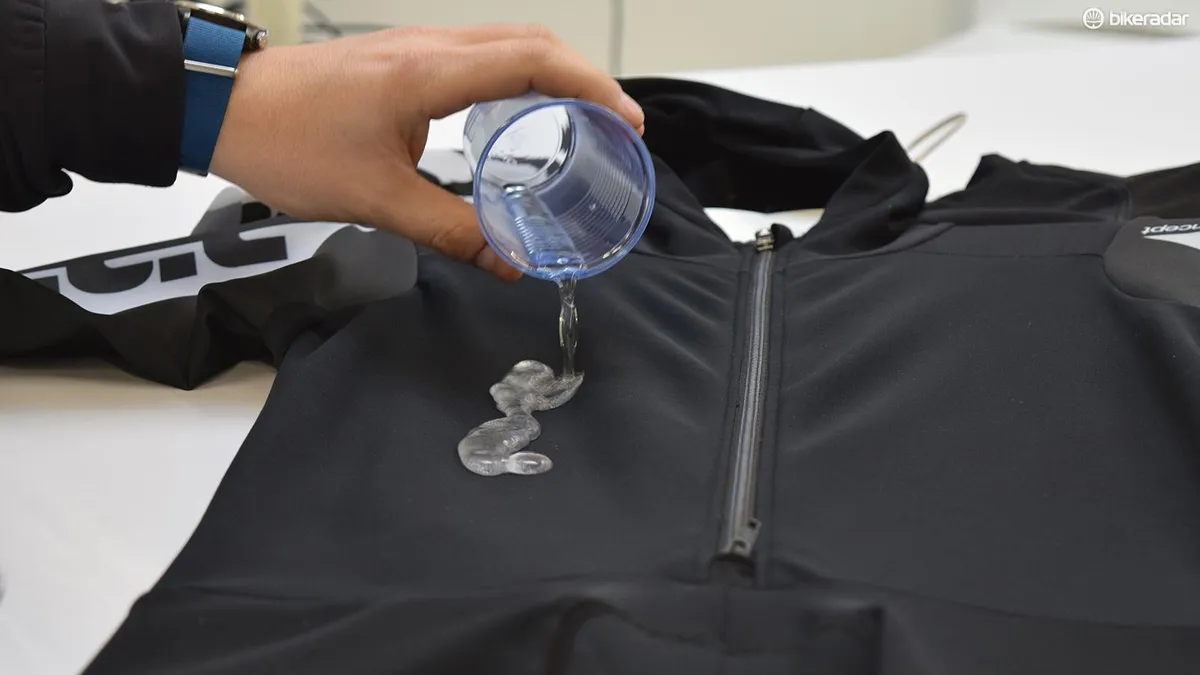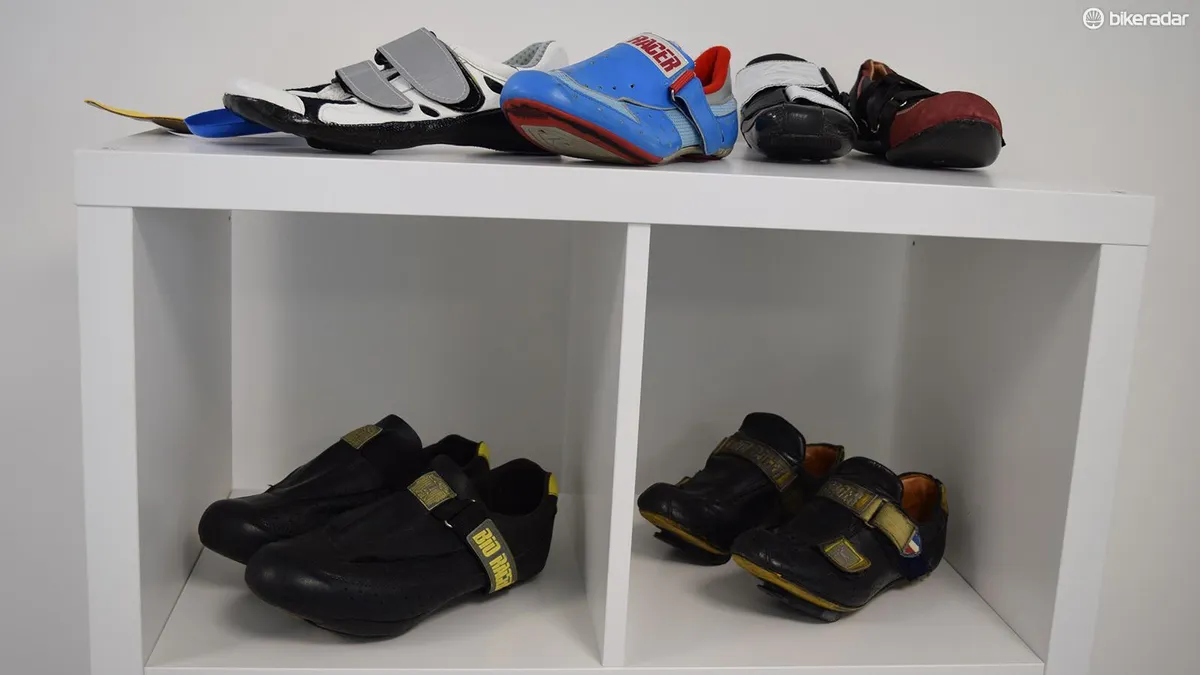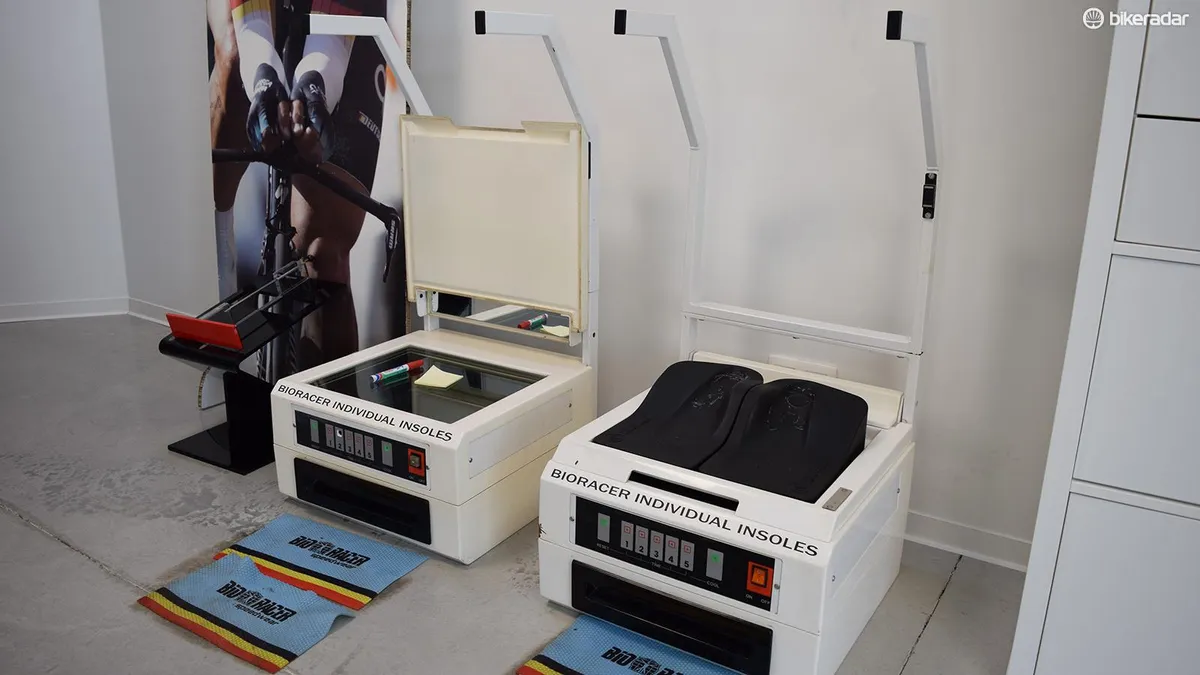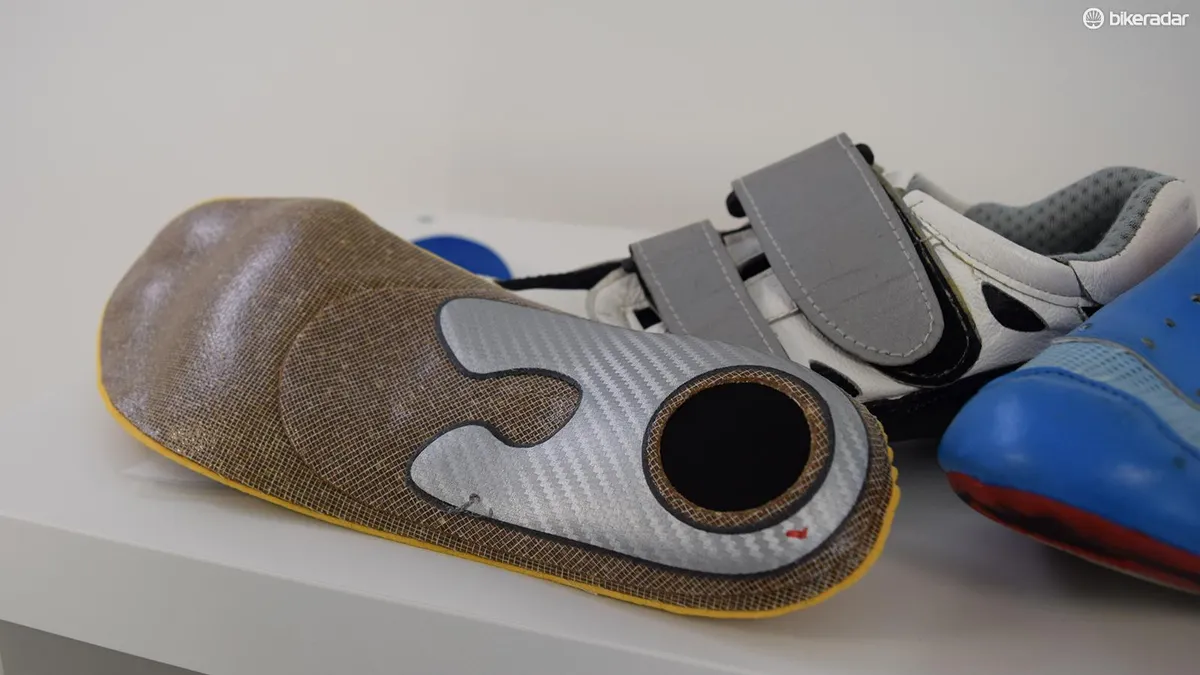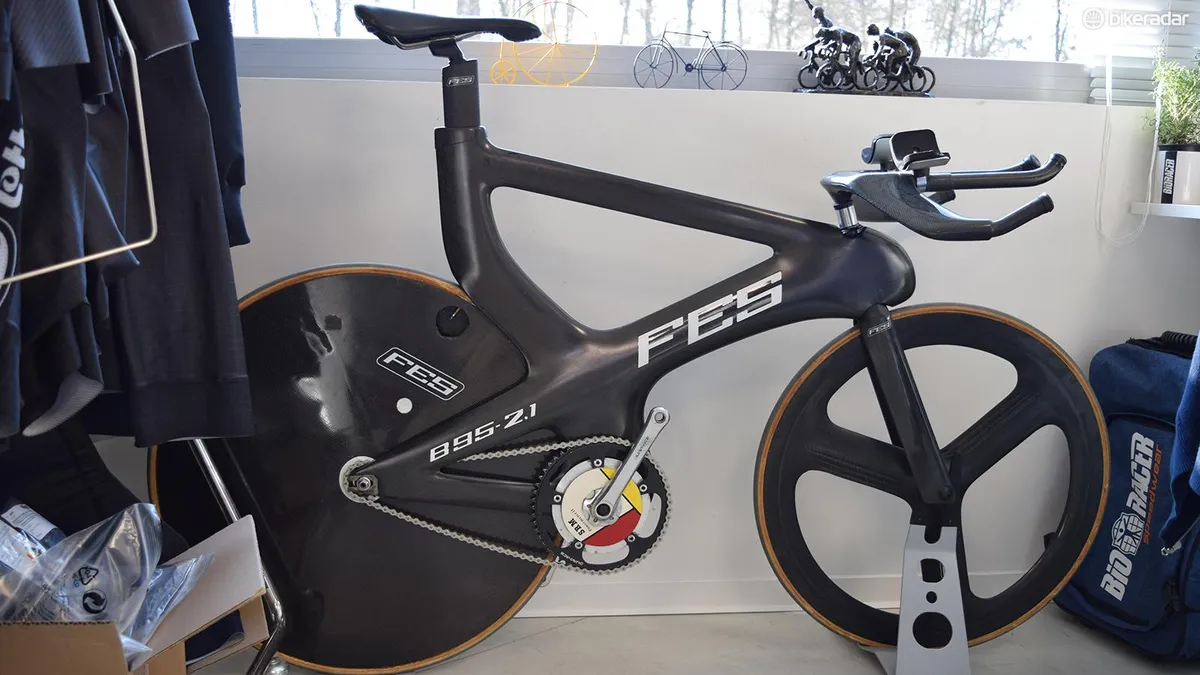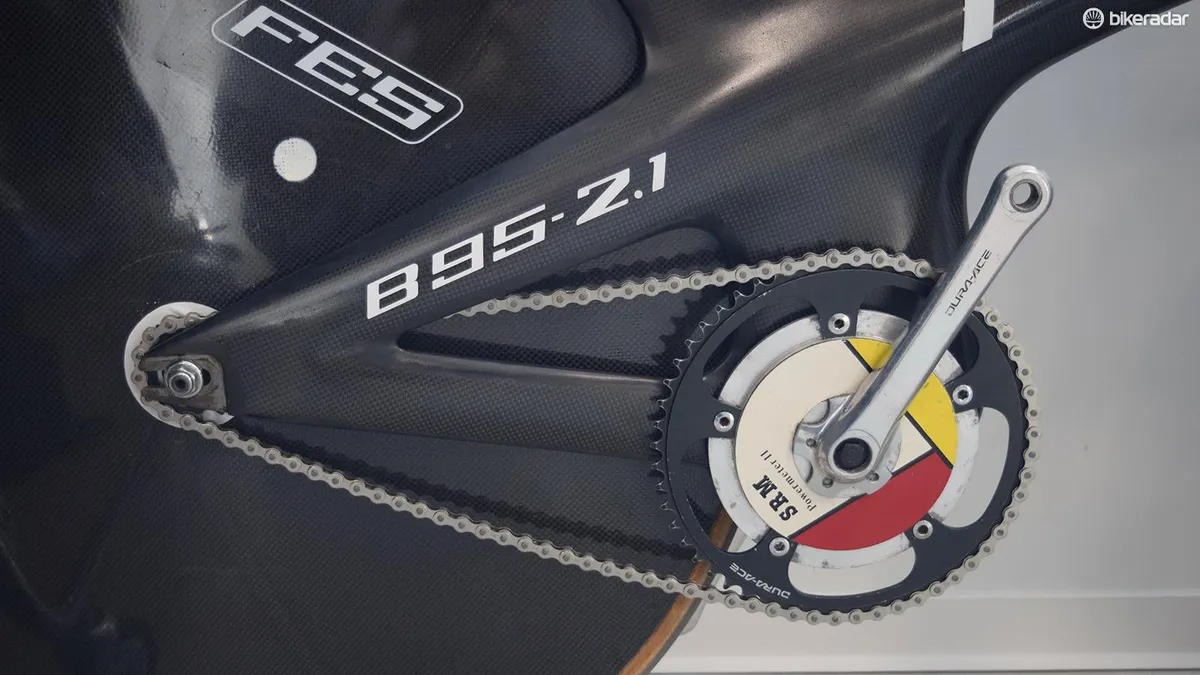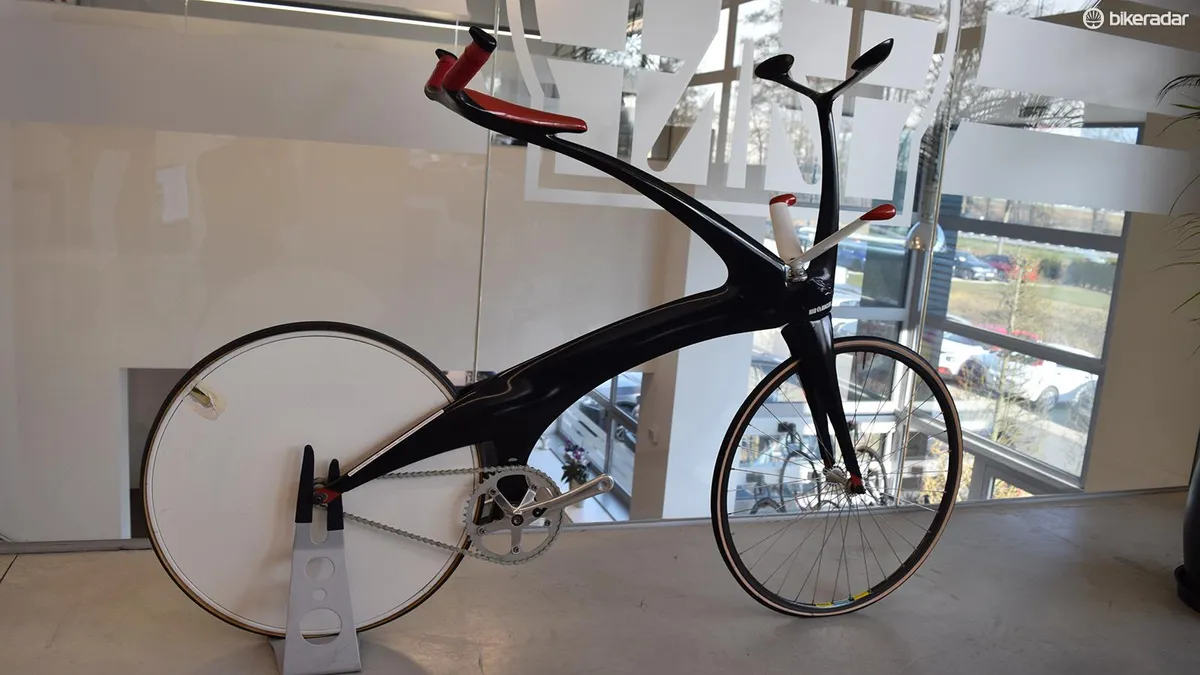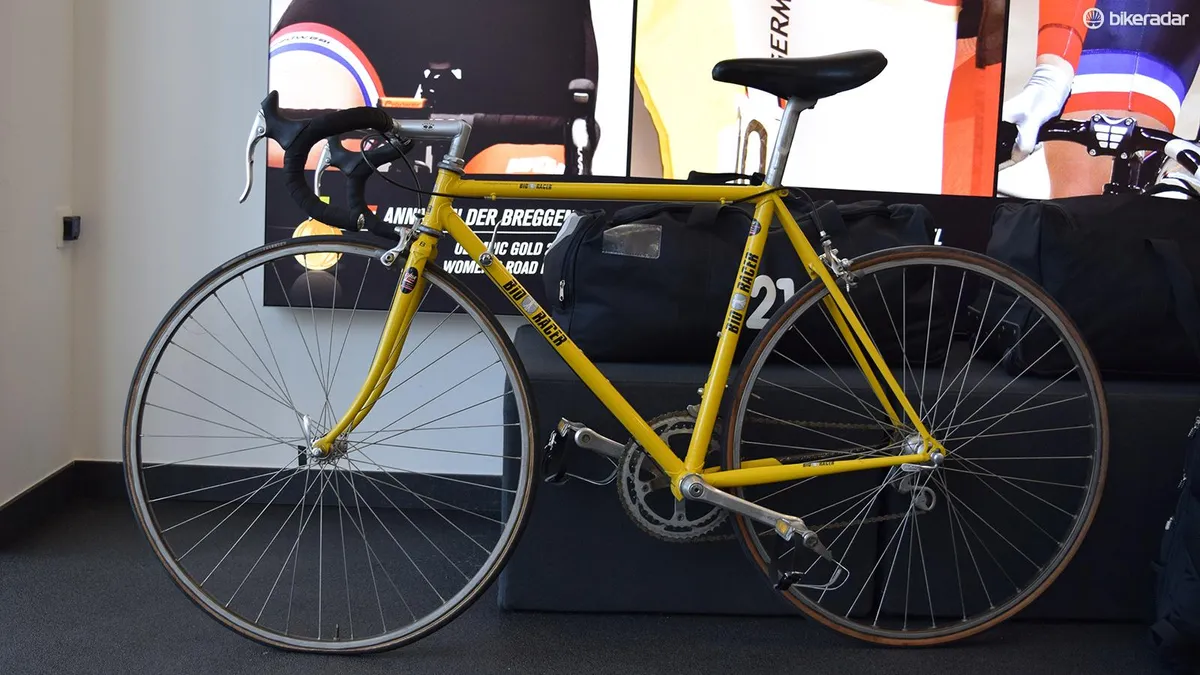In the past twelve months, 38 medals have been won at the road, cyclocross and track world championships, all while wearing Bioracer clothing.
Despite this race-winning pedigree, Bioracer hasn't quite got the same race-proven reputation as the likes of Castelli, Sportful, Endura, Santini or even Rapha, but why?
As the Classics season kicked off, I headed over to Belgium for 'opening weekend' and to learn more about why Bioracer in Belgium is one of cycling's hidden gems.
- Do the Kessel Run in under 12 parsecs with BioRacer's Star Wars Collection
- Iris Slappendel talks clothing, collaboration and equality
Belgian roots

Located in the industrial area of Tessenderlo in eastern Belgium, Bioracer was founded in 1986 and has grown into a company that is deeply rooted in one of the true cycling heartlands of Belgium and the Netherlands, and where cycling is more than just a sport.
Bioracer has been involved in many areas of cycling performance improvements including bike fit and apparel — known by the company as Bioracer Motion and Bioracer Speedwear respectively.
Both wings of the business see comfort as pivotal to performance. If a rider is comfortable, more power can be asserted for a longer period of time, fatigue will take longer to set in and power can be transferred more efficiently.
In conjunction with comfort, aerodynamics is also a key part of the company's focus, and Bioracer is a shareholder in the Flanders Bike Valley wind tunnel, alongside Ridley Bikes and Lazer helmets.
Making a cycling jersey
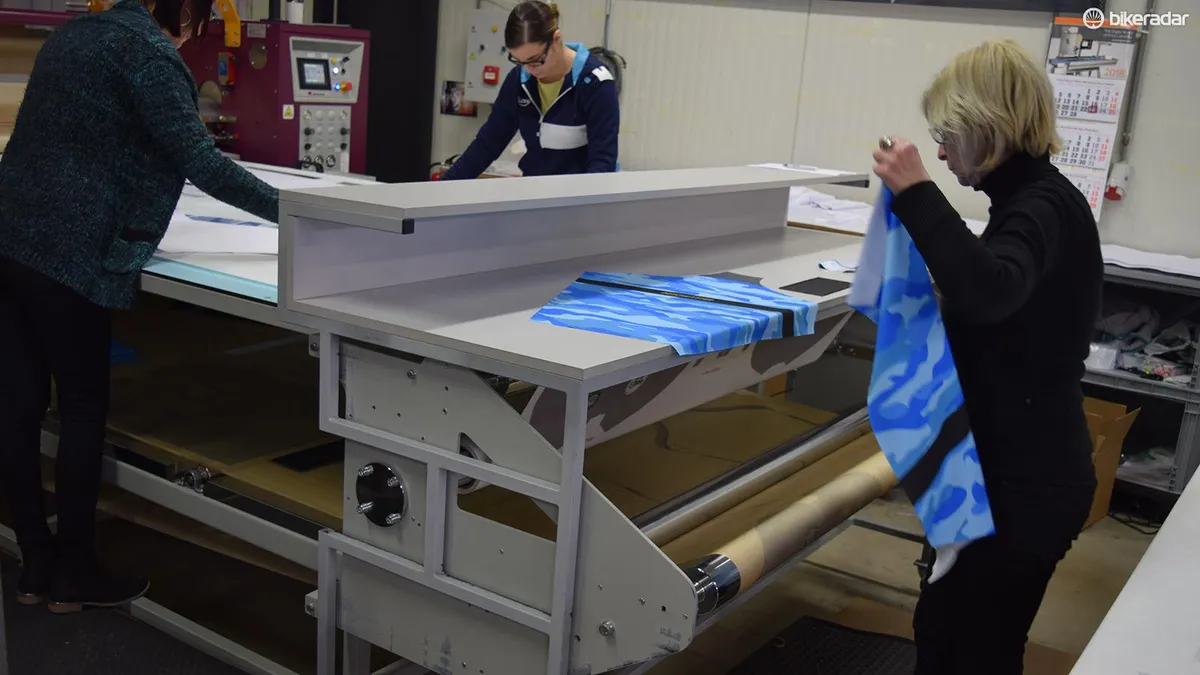
It is quite simple to break down the costs associated with producing any high-end cycling apparel: research and development into materials and garments; professional team development and support; as well as the usual overheads such as machinery, facilities, labour, shipping, distribution, and marketing — plus a bit of profit margin too.
Managing to squeeze all of this into the retail price of a cycling jersey is quite a task though, and a competitive one at that. The likes of Oakley perhaps understandably skip several of these steps by choosing to let companies such as Bioracer do the majority of the legwork for them.
Bioracer's professional level kit, custom clothing, plus research and design happens in-house at its headquarters in Tessenderlo, while its regular range of clothing is produced in eastern Europe in an attempt to keep costs reasonable for the consumer.

However, the process of cutting different materials for the different panels on each garment, followed by sublimation of artwork onto each piece and stitched together by individuals, is the same labour-intensive process regardless of location, but a focus on durability is key for the company.
Bioracer's aim is for its garments to last either one ride a week for four years or four rides a week for one year, and it truly believes its offering value with its products.
Bioracer Speedwear
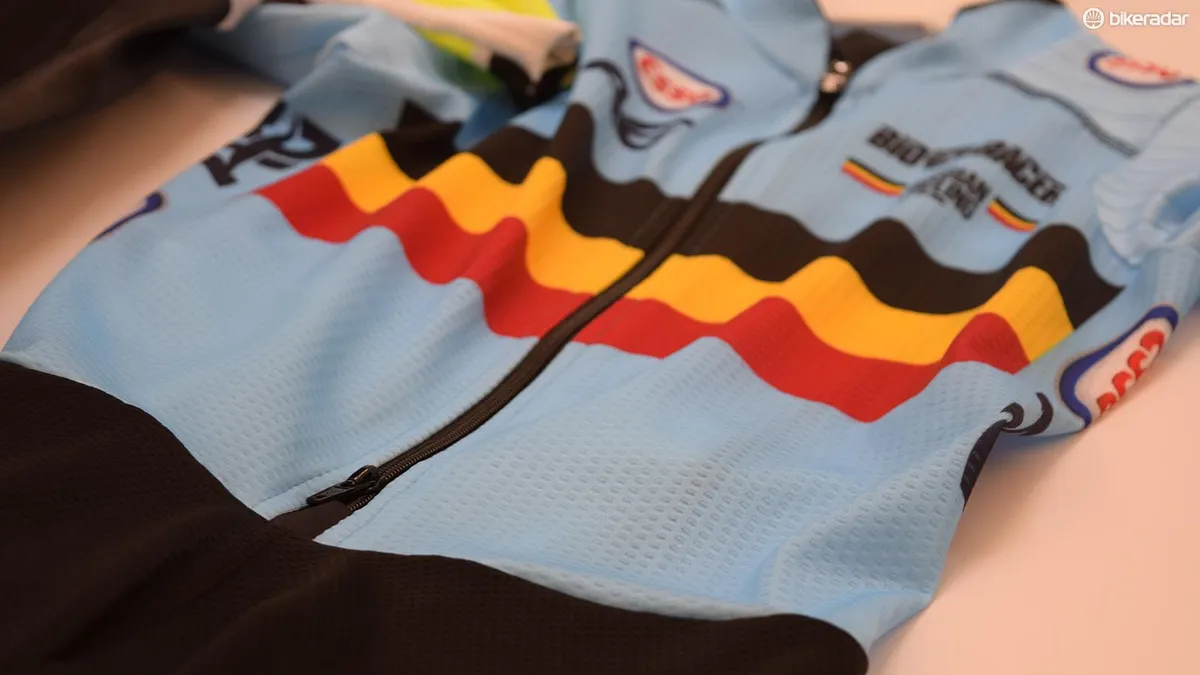
Bioracer's Aerosuit RP 2.0 RR Mesh Stratos SS speed suit was designed specifically for the Belgian national team at the 2016 Olympics, with the hot and humid conditions at the forefront of the design — as well as the iconic sky blue of the Belgian national team and nation's flag across the chest.
Greg Van Avermaet went on to take victory at the brutal Rio Olympics road race, but while fans might remember the image of the peloton rolling past the Copacabana, or the horrific crashes on the descent of Vista Chinesa, Bioracer's highlight was when Van Avermaet crossed the line with his Bioracer speed suit zipped up.

As well as aero benefits in the sleeves, the Airmesh's main torso fabric was designed to not only wick sweat from the body but hold it as a light sponge to act as a cooling vest as the air flows over it to reduce core temperature. And after more than 250km of racing, Van Avermaet was one of few riders still racing with their jersey speed suit zipped up.
The strongest legs obviously won Gold on the day, but racing in a jersey that helped keep core temperature down and improved aerodynamics by staying zipped up should have helped to reduce fatigue too, putting Van Avermaet in the best possible position at the sharp end of the race.
Winning in the WorldTour
As well as the medals collected by the Belgian, Dutch and German national teams on the track and road, and mud in cyclocross, Bioracer has pedigree in the WorldTour too.
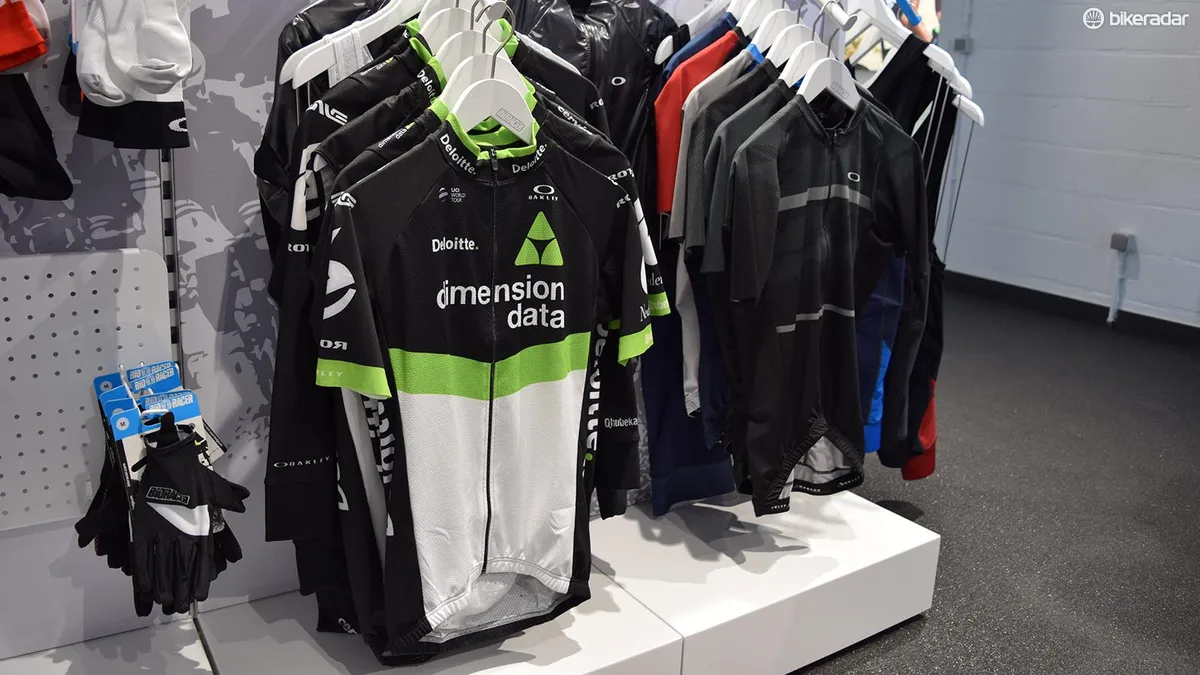
The likes of Mark Cavendish for Team Dimension Data wear Bioracer clothing at the highest level of the sport. Branded as Oakley, Bioracer produces an array of 'white label' clothing in conjunction with its national kits and core lines.
It says a lot that despite Bioracer not being one of the best known cycling apparel brands, two WorldTour teams trust the company to develop and produce their kit, which is not only tested to its limits at the top levels of racing but is considered key to margins of victory.

Looking forward
Bioracer acknowledges there is a fine line between performance and comfort, and it is this which is arguably its biggest challenge. Focusing the company's energy on striking this balance, as opposed to large and costly marketing campaigns to put them ahead of the pack, is something that Bioracer takes pride in.
Continuing to invest in innovation is the primary goal for the Belgian outfit, and by sticking to this mantra it hopes word and reputation will spread. Perhaps in the near future we will see Bioracer grow into a key cycling apparel brand and have the global respect it deserves.

